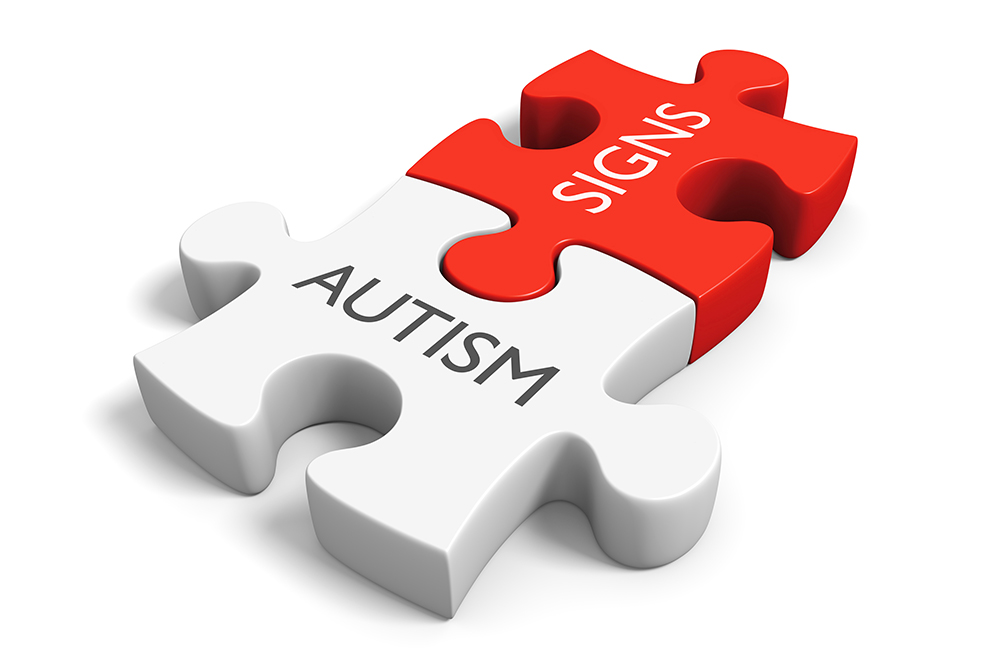New research suggests people with autism may not have as much difficulty imagining the thoughts of others as previously believed.
However, although people with autism may be able to grasp what another person is thinking, they may have more difficulty afterwards in detecting differences between their own and other people’s thoughts.
Researchers found that one of the main areas of the brain that is used to understand others is active when detecting differences between what one thinks, and what others think. And this brain region is often found to be less active in people on the autism spectrum. Researchers argue that the brain in people on the spectrum may be able to grasp what others think, but then may have a harder time processing the degree to which others think differently from themselves.
According to Ghent University Belgium, researcher, Dr Eliane Deschrijver, during any social interaction between humans, one can conceive the other’s mental state. “As you talk with someone, your brain may need to detect whether this person is in alignment with what I think, or not, to what extent is this person thinking like me?” she said. “And if you’re not in alignment, your brain has to decide: ‘How can I resolve this conflict, do I rephrase my own thinking to reach a mutual understanding, or do I focus on the other’s point of view?’ ”
It is this process that people on the autism spectrum may have difficulty with when it comes to recognising the differences in mental states between themselves and the person they are interacting with, and adapting to this.
“If individuals on the spectrum notice another person trying to steer away the conversation towards an own interest, for instance, they may not entirely process a mismatch in thinking as a cue to stop talking. This may lead them to oversharing their own thoughts, or the opposite may happen, too. Understanding another person’s different thoughts may actually keep an individual on the spectrum from verbalising their own thoughts, even if this would be socially expected within the given context. Differences in engaging in back-and-forth conversation are thought to lie at the heart of the autism spectrum,” Deschrijver said.
The article was published recently in Psychological Bulletin.

